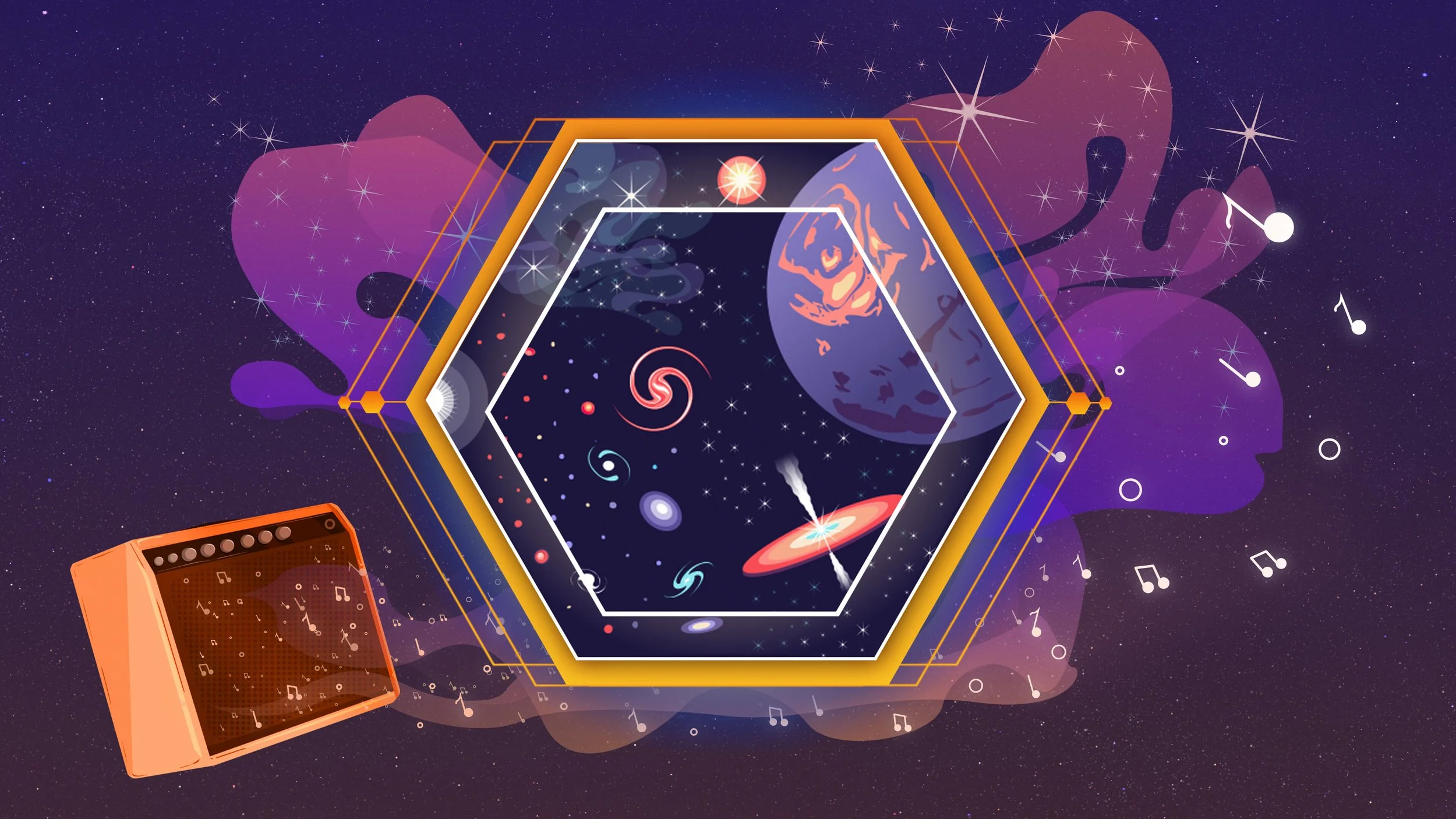The James Webb Space Telescope
The James Webb Space Telescope is one of the most advanced space observatories in history. Let’s take a closer look at how this telescope works and some of the most stunning images it has produced since 2022.
Eye Astronomy #12: The Dark and the Bright
How dark is dark? How bright is bright? Here are some surprising facts about those points of light (and other things) up in the sky…and about the sky itself.
Tunguska: A Phantom From The Skies
In 1908, the whole planet felt a deep tremor followed by strange atmospheric phenomenon. Stories began trickling out from the depths of the Siberian taiga about a mysterious but powerful explosion. With the world wrapped up in its own political machinations, one Russian named Leonid Kulik ventured into the dark wilderness to find out what happened.
The Milky Way Band: A Guide to the River of Stars
Summer is the best time of year to view the Milky Way band! Let this serve as your tour guide through our galactic plane. You’ll learn what, when and where to look for all the stars and nebulae.
Eye Astronomy #11: The Dragon
Dragons ought to be impressive, but Draco rather isn’t. Still, it does hold a special place in the night sky.
A Constellation of Sciences
Much of astronomy is thought of as simply looking up at the beauty of the night sky but it actually shares a lot of space with all the other sciences. Let’s explore how the study of the cosmos intertwines with geology, computer science and even psychology!
Eye Astronomy #10: The Spring Triangle
You might know about the Summer Triangle. But did you know there’s a Spring Triangle, too? There is! And it’s a lot like its summer counterpart…but also different.
The Science (& Fiction) of Star Wars: Part 2
Let’s explore some more things from the Star Wars universe and how they relate to real astronomical concepts.
The Science (& Fiction) of Star Wars: Part 1
Happy Star Wars Day! In the spirit of May the 4th, here’s a couple of fun little things about the Star Wars universe and how they relate to real astronomical concepts.
Chicxulub: The End of the Age of Reptiles
66 million years ago, an asteroid the size of Mount Everest collided with Earth and eradicated the dinosaurs. Come on a journey back in time and experience this cataclysm while we sift through the aftermath to piece together this prehistoric tale of destruction and survival.
Eye Astronomy #9: Dip Into Star Hopping
How to find your way among the stars.
International Dark Sky Week: Proclamation
Maryland state executives officially recognize International Dark Sky Week!
Eye Astronomy #8: Why Stars Look Like That
How the universe plays games with our eyes.
Visit to the Local Planetarium
HCAS recently teamed up with the Harford County Public Library to host a Night at the Planetarium at Southampton Middle School! Well, two nights actually!
Messier Marathon
The Messier Marathon is a rite of passage for amateur astronomers. Can you spot all of the Messier objects?
Society of American Military Engineers (SAME) Chesapeake Post Scholarship Opportunity
Are you looking to pursue a career in science, technology, engineering or mathematics? This non-profit is looking to pay people to go to school!
Temperature in Space
Let’s explore how hot or cold space is in different places and debunk some misconceptions about temperature in space!
Eye Astronomy #7: Three Out of Four Ain’t Bad
Sightseeing along the zodiac.
Eye Astronomy #6: The Mighty Hunter
Hunting treasures in the sky with the mighty Orion.
Eye Astronomy #5: Seasons in the Sky
Connecting astronomy to the seasons.




















